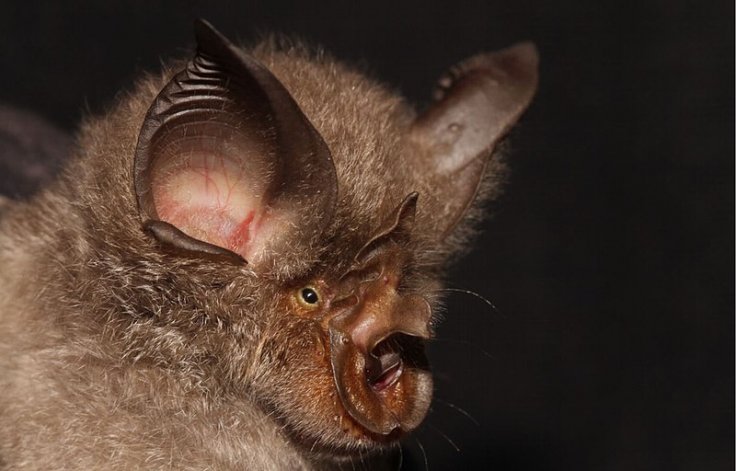A group of Thai researchers has started to collect samples from horseshoe bats, just to find out whether they pose a Coronavirus threat to local residents, revealed a government statement.
Earlier, when scientists first claimed that the novel Coronavirus has come from a particular species of bats, in Thailand where bat droppings or "guano" are collected for fertilizer, villagers rejected to accept such claims. In a video, one of the villagers said that they were collecting guano since they were young, about seven or eight years old, but they never got sick for anything.
But, as COVID-19 cases continue to rise all over the world, the researchers in Thailand plan to collect 300 bats over three days from a cave in the Chanthaburi province in the southeastern part of the country. Once the tests are completed the researchers will release the bats.
As of now, Thailand has reported over 3,100 novel Coronavirus cases, with 58 fatalities. Now focus of the research is to ensure the safety of the local residents and find out a solution if these horseshoe bats test positive for the virus.

Horseshoe bat in Thailand
Thailand has 23 species of the horseshoe bat that make up the sole genus of family Rhinolophidae. Their taxonomic name refers to the large, complex nose leaf including a fleshy structure on the muzzle. Of the three "leaf" sections, one resembles a horseshoe, hence their common name. The exact function of these facial appurtenances has yet to be revealed, but scientists claim they may help to direct outgoing echolocation calls.
While the source of the SARS-CoV-2 (Covid-19) remains a matter of debate after it emerged in China last year, the World Health Organization (WHO) in April 2020 said that all available evidence suggests that it originated in bats in China, but how the virus had attacked humans is still not clear.
The team of researchers in Thailand includes Supaporn Wacharapluesadee, who identified the country's first case of Coronavirus in January this year. He said the reason to investigate the horseshoe bat is that there are reports from China that the COVID-19 virus is similar to the virus found in the horseshoe bat. He also revealed that local residents have been known to eat bats which indicates the necessity for adequate education and information programs.
Researchers from the National Parks Department, Kasetsart University, and Chulalongkorn Hospital had entered the cave on Thursday evening and re-emerged on Friday along with the samples of bat blood, saliva, and feces.
As per the data, horseshoe bats are found in tropical and temperate regions from Europe to Japan and from Asia to Africa. This species is usually brown but occasionally are red. They usually live in groups and roost in damp, dark places such as caves.









